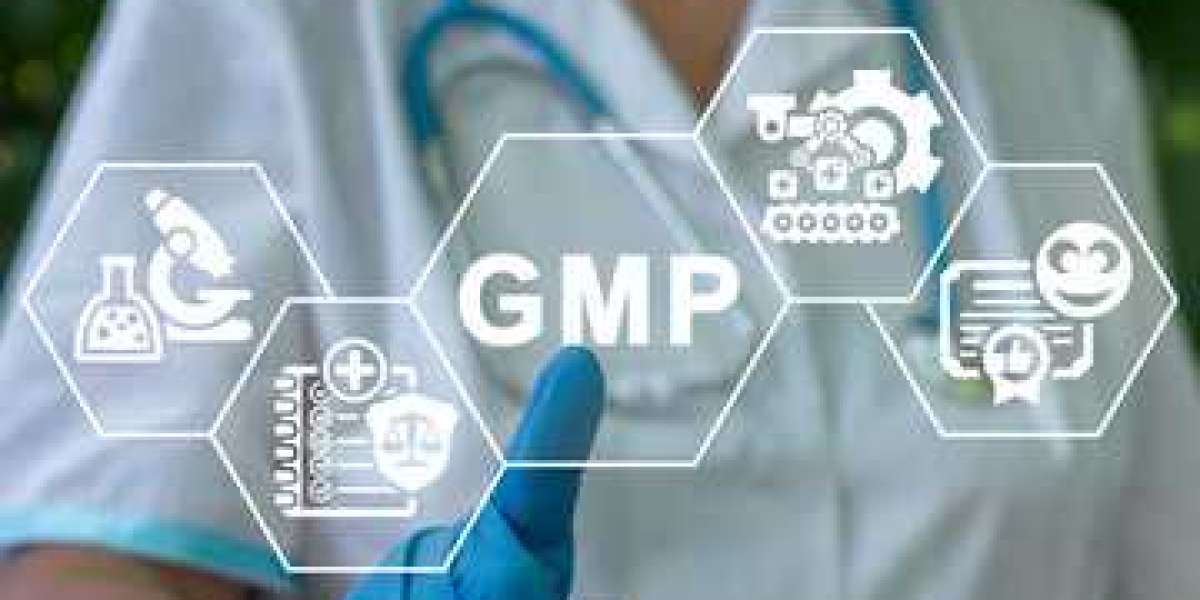In the pharmaceutical, biotechnology, and medical device industries, adhering to Current Good Manufacturing Practice (CGMP) regulations is paramount to ensure the quality, safety, and efficacy of products. CGMP regulations set forth by regulatory bodies such as the FDA (Food and Drug Administration) in the United States outline the minimum requirements for the methods, facilities, and controls used in manufacturing, processing, and packing of drugs, biologics, and medical devices.
To meet CGMP requirements effectively, companies invest in comprehensive training programs for their employees. CGMP training is essential to instill an understanding of regulatory standards, quality systems, and industry best practices among personnel involved in manufacturing, quality control, regulatory affairs, and other relevant functions.
Key Components of CGMP Training:
Regulatory Compliance: CGMP training begins with an overview of regulatory requirements imposed by agencies such as the FDA, EMA (European Medicines Agency), and others applicable to specific regions. Participants learn about regulations governing various aspects of manufacturing, including facility design, equipment validation, process controls, documentation, and product testing.
Quality Systems: Understanding the principles of quality management systems (QMS) is fundamental in CGMP training. Employees learn about establishing and maintaining robust QMS frameworks encompassing elements such as document control, change management, deviation management, and corrective and preventive actions (CAPA).
Hygiene and Cleanliness: CGMP emphasizes the importance of maintaining clean and hygienic manufacturing environments to prevent contamination and ensure product quality and safety. Training covers proper gowning procedures, cleaning protocols, and environmental monitoring practices.
Documentation Practices: Accurate and thorough documentation is a cornerstone of CGMP compliance. Training programs educate personnel on the importance of detailed record-keeping throughout the manufacturing process, including batch records, standard operating procedures (SOPs), and validation protocols.
Risk Management: CGMP training includes instruction on identifying and mitigating risks associated with manufacturing processes and product quality. This involves techniques such as Failure Mode and Effects Analysis (FMEA) and risk-based decision-making to prioritize quality and safety measures.
Continuous Improvement: CGMP training instills a culture of continuous improvement, encouraging employees to seek opportunities for enhancing processes, reducing waste, and implementing innovations that contribute to product quality and compliance.
Conclusion: CGMP training is not merely a regulatory obligation but a critical investment in ensuring the integrity and safety of pharmaceutical and medical products. By equipping employees with the knowledge and skills necessary to uphold CGMP standards, companies demonstrate their commitment to quality and regulatory compliance, ultimately safeguarding public health and trust in the industry. Continuous reinforcement and updates to training programs are essential to adapt to evolving regulatory requirements and technological advancements in manufacturing practices.








